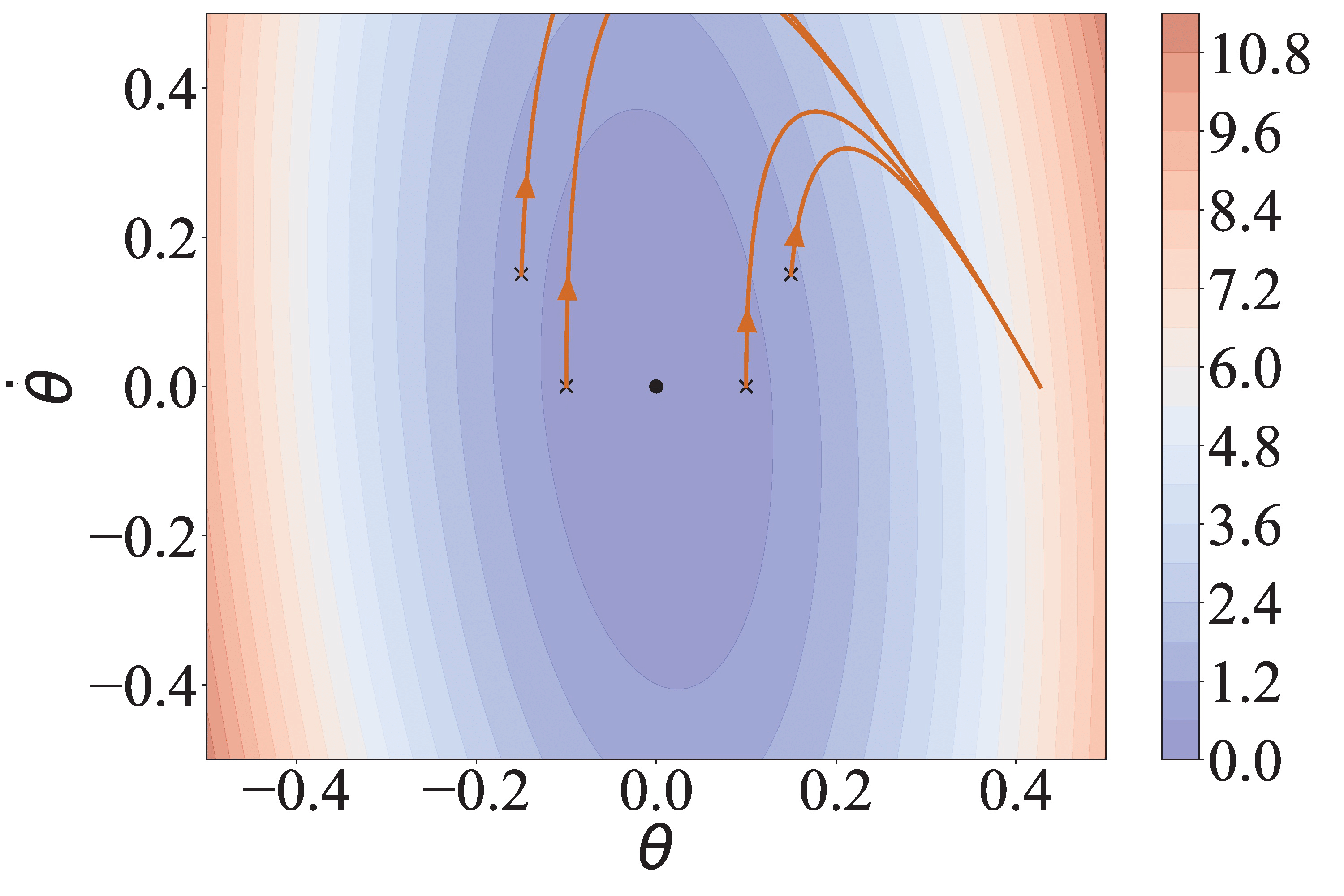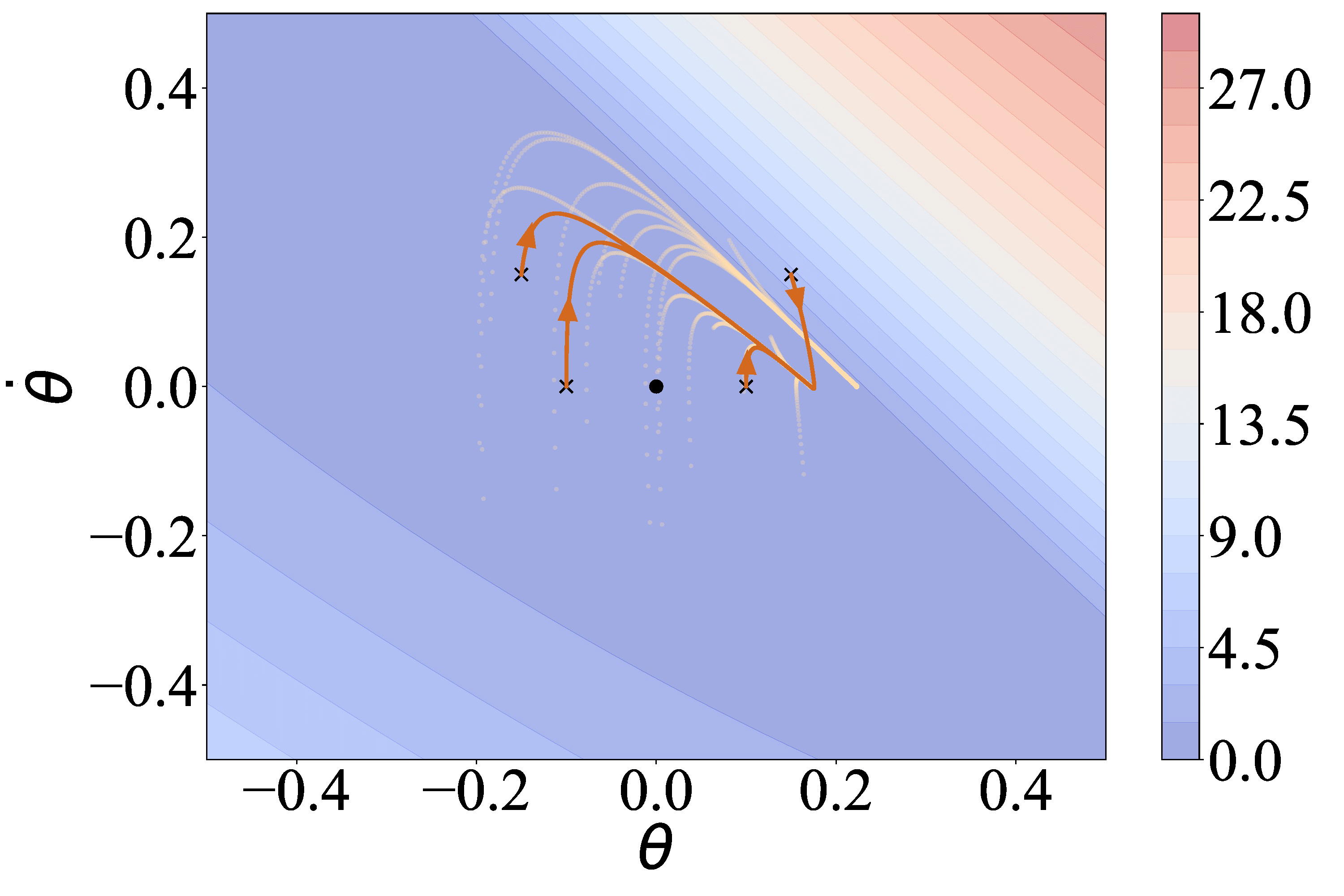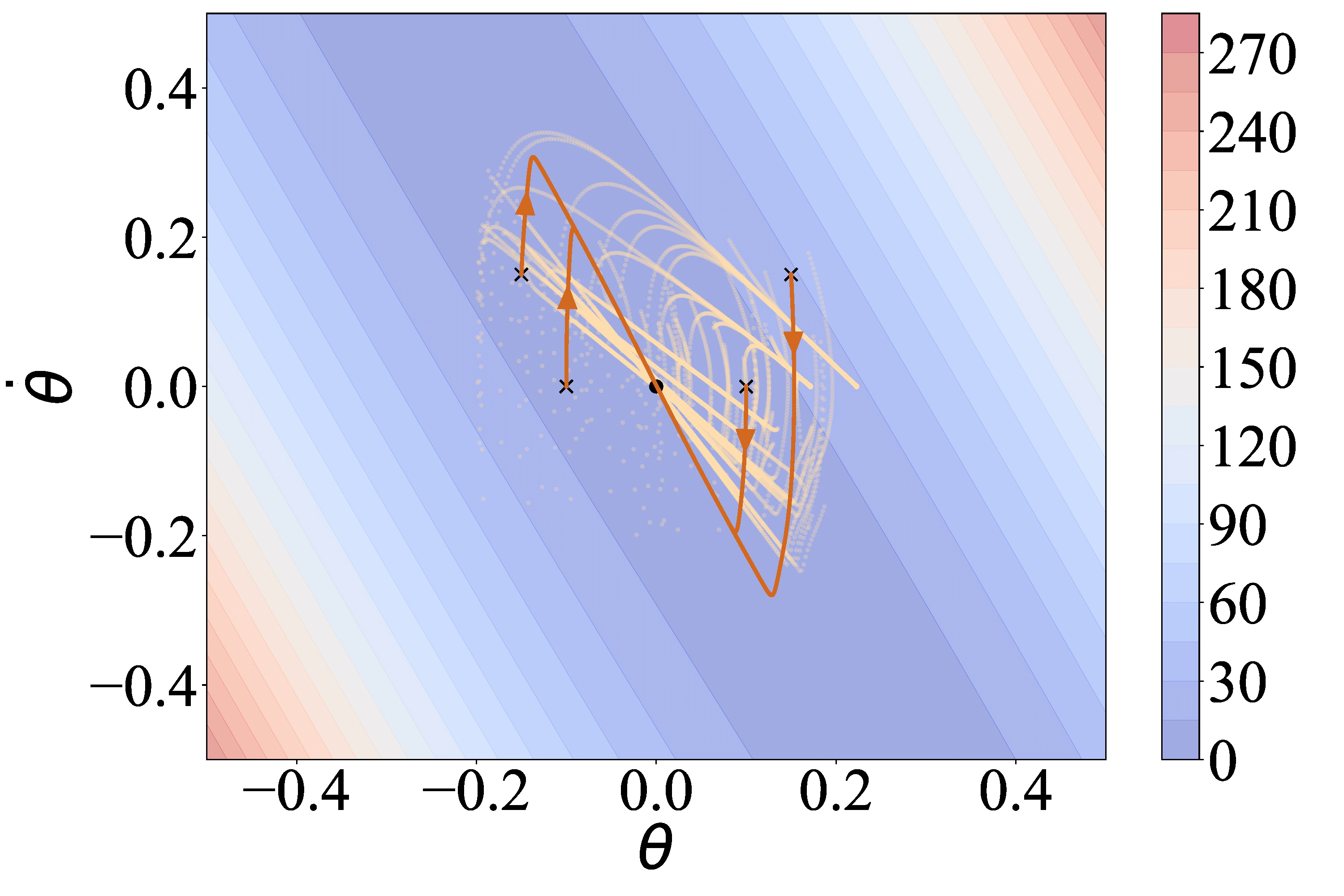BibTeX
@InProceedings{zhang2024lyge
title = {Learning to stabilize high-dimensional unknown systems using Lyapunov-guided exploration},
author = {Zhang, Songyuan and Fan, Chuchu},
booktitle = {Proceedings of the 6th Annual Learning for Dynamics & Control Conference},
pages = {52--67},
year = {2024},
editor = {Abate, Alessandro and Cannon, Mark and Margellos, Kostas and Papachristodoulou, Antonis},
volume = {242},
series = {Proceedings of Machine Learning Research},
month = {15--17 Jul},
publisher = {PMLR},
pdf = {https://proceedings.mlr.press/v242/zhang24a/zhang24a.pdf},
url = {https://proceedings.mlr.press/v242/zhang24a.html},
}



